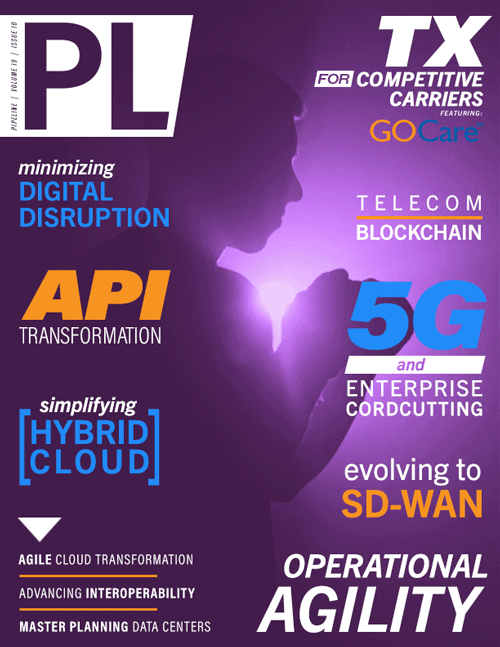The Simplification of Hybrid Cloud DaaS Environments
By: Karen Gondoly

The fundamental shift to hybrid work forces organizations to redefine their digital transformation in ways that inherently support work-from-anywhere. Integrating the public cloud with an organization’s existing business IT assets is one of the clearest methods for satisfying the needs of a dispersed work force.
The business advantages of a distributed workforce are substantial and multifaceted. Unrestricted by geographical boundaries, it vastly expands the talent pool from which one can recruit, allowing organizations to source the best minds and skills from around the globe. This fosters a more a diverse and innovative workforce, which is much more challenging with a traditional office-based setup. In addition, this kind of flexibility can significantly improve employee satisfaction and retention as it caters to the varying lifestyles and personal commitments of our employees.
Because there are also operational costs associated with maintaining physical office spaces, distributed IT environments can significantly free up resources that can then be redirected into growth-driving initiatives. The flexible nature of distributed teams also allows a company to quickly scale operations up or down according to business needs, promoting agility and resilience. Also, in a world increasingly conscious about environmental sustainability, having a distributed workforce minimizes the carbon footprint associated with commuting and office energy consumption. Thus, from talent acquisition to cost savings and sustainability, a distributed workforce can be a strategic advantage in today's rapidly evolving business landscape.
While there are distinct advantages to a remote workforce, there are also unique challenges to consider. Implementing a hybrid cloud Desktop as a Service (DaaS) infrastructure can present technology hurdles, most notably managing the integration between public and private cloud environments. The technical complexities of merging different cloud services can be daunting. It demands a deep understanding of different cloud architectures, network configurations, and security protocols. Managing disparate data formats and integrating different systems and applications into a cohesive, unified system also requires substantial effort and technical expertise. There's also the issue of latency when transferring data between the public and private cloud, which could negatively affect performance and user experience.
In this area of IT, there is also a need to maintain stringent security standards. Given that data and applications are spread across public and private environments, a potential breach could have significant implications. There is an ever present challenge with adhering to various regulatory standards across different environments, especially when dealing with data privacy, that’s important to address. Therefore, a sophisticated security strategy, involving encryption, access control, network security, and regular audits, is crucial when deploying a hybrid cloud DaaS environment that ensures data integrity and cyber protection.
Despite these challenges, hybrid cloud DaaS brings substantial value to the IT equation. Of primary significance is the ability to scale quickly to meet changing corporate demands. This elasticity allows organizations to add or remove desktop instances as needed, facilitating an efficient use of resources. There is also the benefit of location independence, as users can access their desktops from anywhere, enhancing productivity in the most cost-effective way possible as organizations can optimize expenditure by only paying for the resources they use. Coupled with the security and control provided by the private cloud for sensitive data and critical applications, this gives organizations the best of both worlds.
Leveraging the public cloud allows organizations to present users with computers, storage, and applications that are physically located closest to them, to improve performance. The flexible nature of the public cloud means organizations can dynamically size their computing environment to meet their changing needs, without investing in hardware that later may sit idle. It can also eliminate complications related to supply chain issues, staff requirements, and capital expense limitations, by providing hourly, on-demand resources that can be easily terminated and reprovisioned as requirements change.
The benefits of the public cloud, however, must be balanced with the complications of building, managing, and accessing a hybrid IT environment. In order to successfully incorporate the public cloud into a hybrid cloud DaaS solution for remote users, organizations must equip IT with brokering tools that simplify user authentication, on-boarding, access, and monitoring.
Simplifying User Authentication
Access to any corporate environment, on-premises or in the cloud, must be safeguarded with secure authentication, including multi-factor authentication. Brokering solutions implement the authentication rules put in place by IT and act as



















